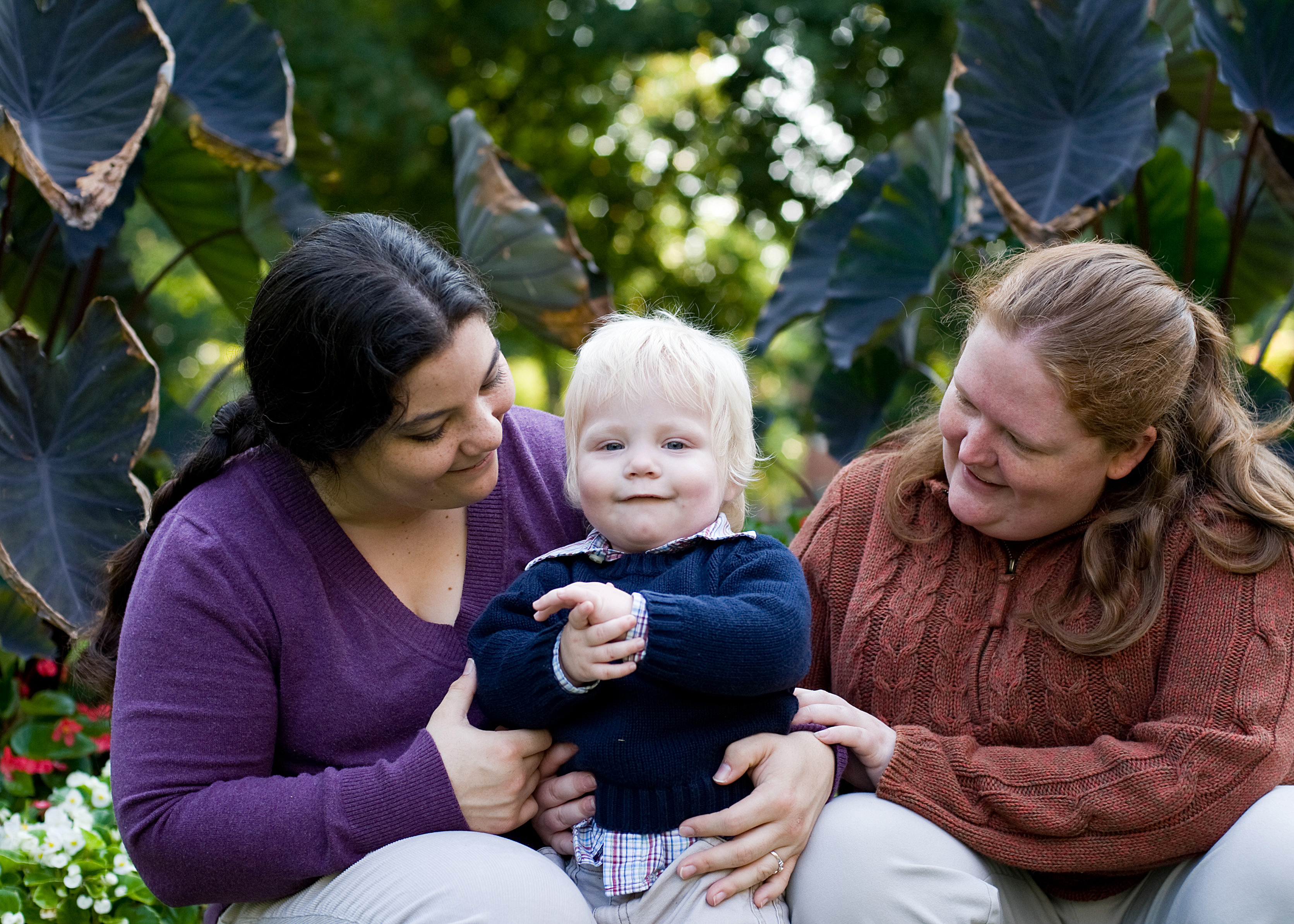The Diaper Decision
by Katie Saltz
The decision of what to use to cover your baby’s bare bottom isn’t as simple as some parents initially think. Cloth or disposable diapers are the two obvious choices, but taking the leap into cloth diapering has endless options.
My own reaction to using cloth diapers? I envisioned laundry baskets constantly overflowing and wiggling my daughter’s legs into ugly white rubber pants. But Lexington mother Diana Hellard helped to break down the basics of cloth diapering and make it less intimidating for mothers considering cloth.

Diana is mother to 27-month-old Timothy, who has been in cloth since he was a newborn.
“I chose to use cloth diapers because I didn’t want to expose my son to the chemicals found in most disposable diaper,” she said. “I also didn’t feel right putting so much waste into a landfill.”
A popular argument for cloth diapers is the savings. Parents can save more than $1,000 in the first two years of a baby’s life by using cloth diapers. When choosing a diapering system, Diana suggests considering your lifestyle and daily routine.
“The process is only as overwhelming as you make it. My advice would be to research the main options and pick one or two “systems” that you think will work best for your family.”
- Prefolds and covers, which are the flat diapers most people probably picture when you talk about cloth diapers. The cloth is simply folded in a rectangle and laid in the cover.
- Fitted, which is a shaped diaper that needs a cover over it to be waterproof. Diana recommends Velcro covers for convenience or fleeve covers which allow airflow but prevent leaks.
- Pocket diapers have a waterproof shell with the absorbent portion inserted between the shell and a soft inside layer.
- All-In-One diapers combine the absorbent inner and waterproof outer. No additional cover is needed.
“All this to say that if you begin shopping for diapers by buying a little of everything, it will definitely be very overwhelming,” Diana said. “My advice would be to choose one or two varieties that fit your life and go from there.”
Many cloth diaper manufacturers offer introductory kits or starter sets online for curious parents. Diana hopes parents will see that disposable diapers are not necessarily the “easier” choice. Her changing station looks just like any other.
“Dirty cloth diapers are not really any different than dirty disposable diapers as far as mess,” Diana said. “I keep a wipes warmer with warm water and baby soap, a stack of flannel wipes, and a tube of diaper cream at the changing table. I also have his diapers stacked in the storage areas of the diaper table.”
Wet diapers go directly into a diaper pail and dirty diapers get sprayed off into the toilet first- which is recommended for disposable diapers as well. The laundry is the only part of the cloth diaper routine that may be different.
“I wash diapers every other day,” Diana said. “It amounts to around 3-4 extra loads of laundry a week. With a toddler, it is hardly noticeable! I don’t have a complicated laundry routine. Diapers are simply washed in hot water with ample soap and then dried in the dryer.”
If using exclusively cloth doesn’t seem like an option, Diana reminded moms that a compromise can be found to still help reduce waste and cost.
“It doesn’t have to be all or nothing. You can use cloth at home and carry disposables when you are out of the house if that works best for you. It’s all about finding the right fit for your family and for your life. Chances are good that if you want to use cloth, there is a perfect solution for your family out there.”

